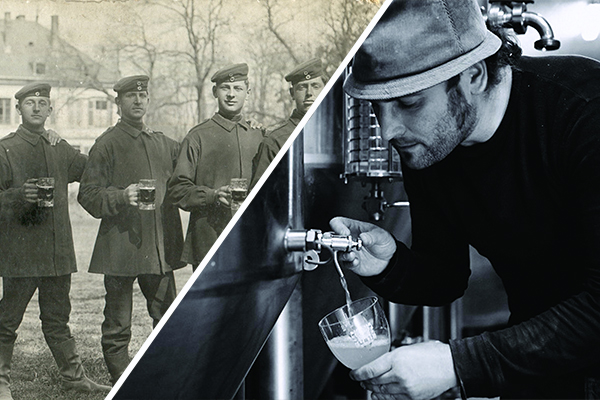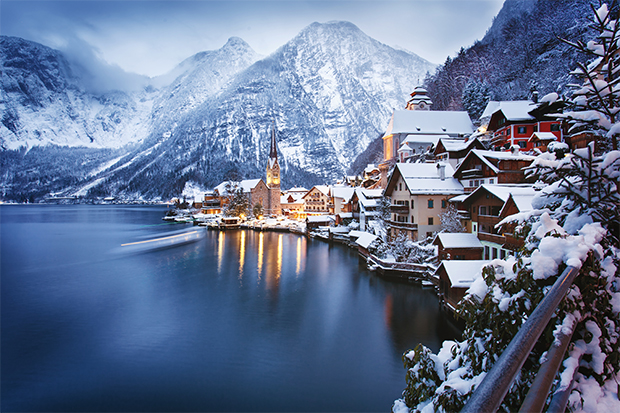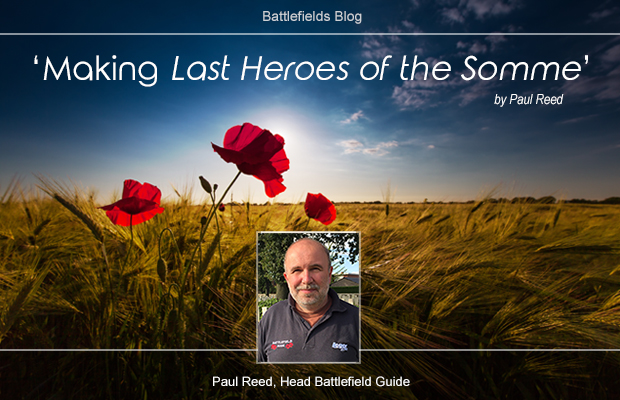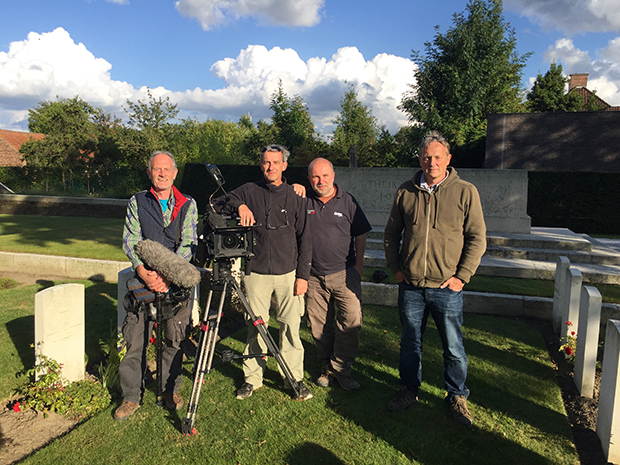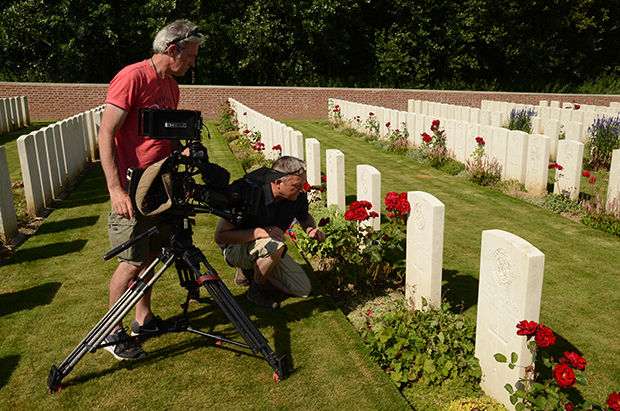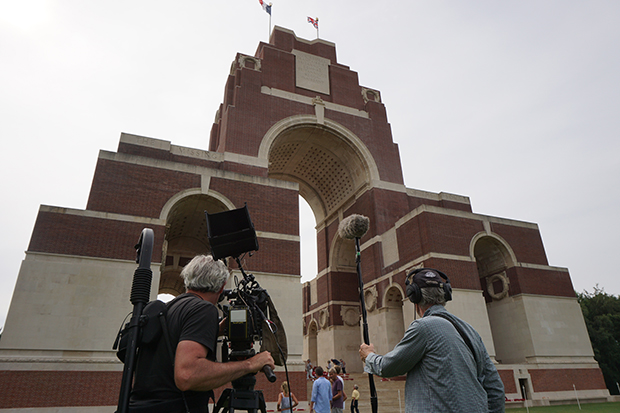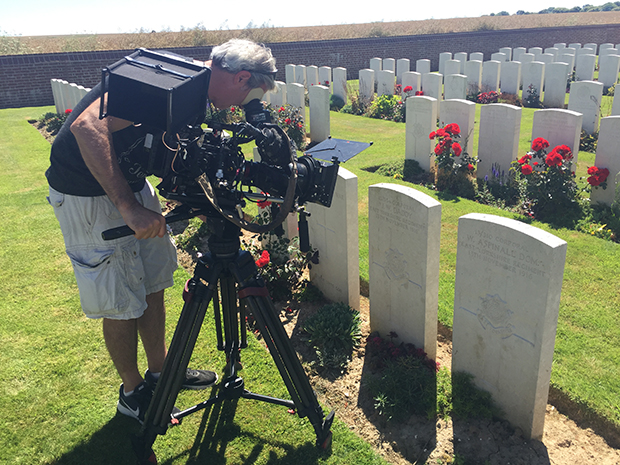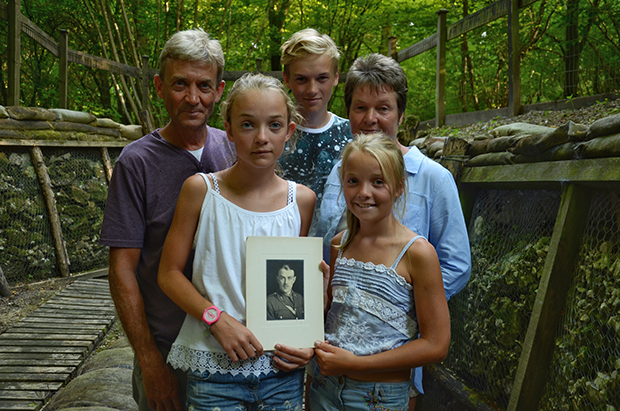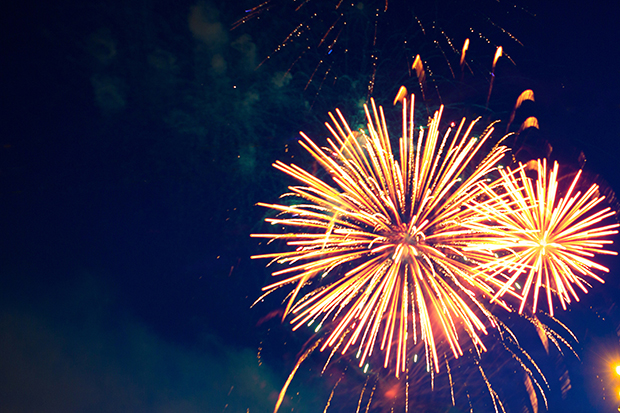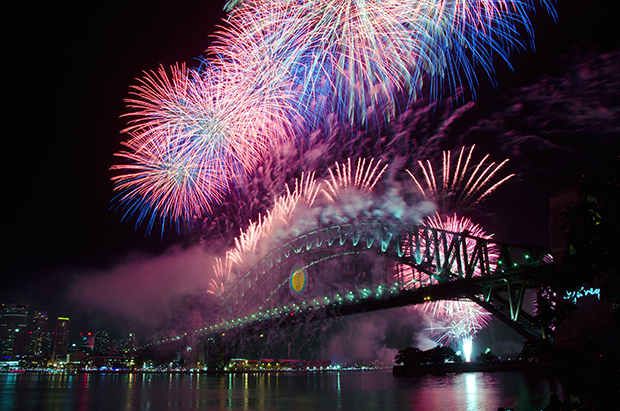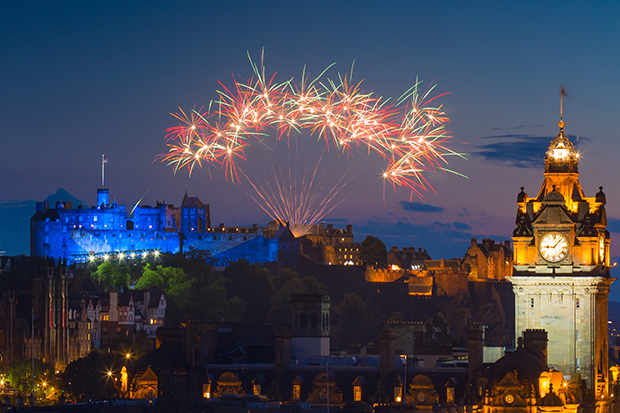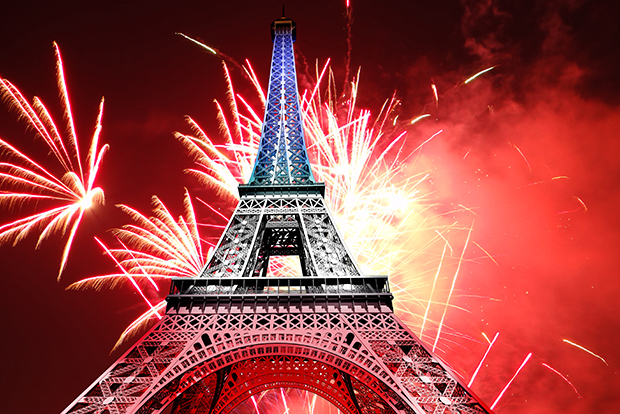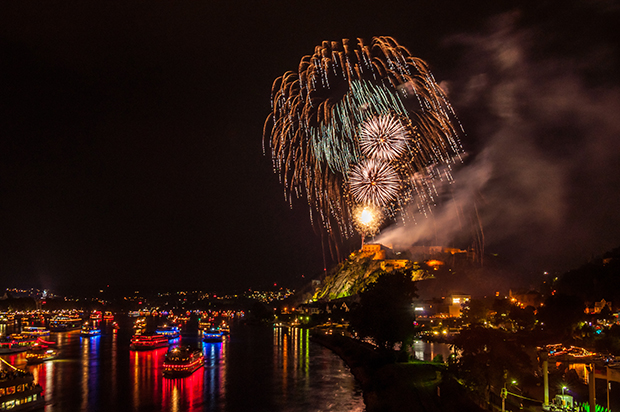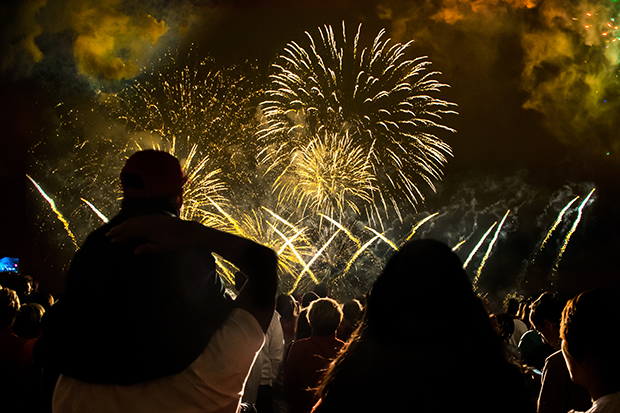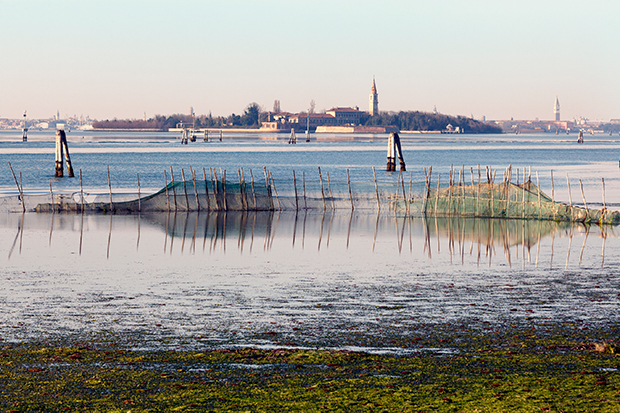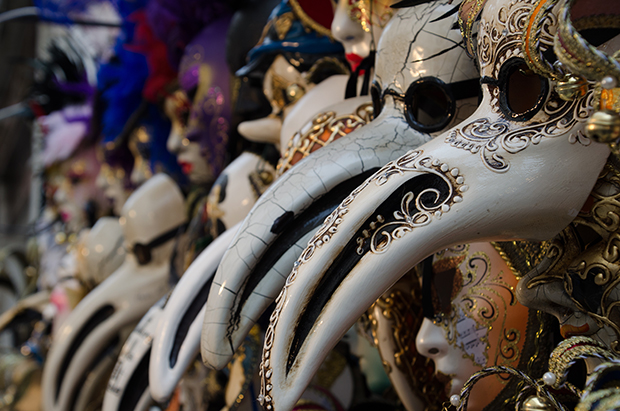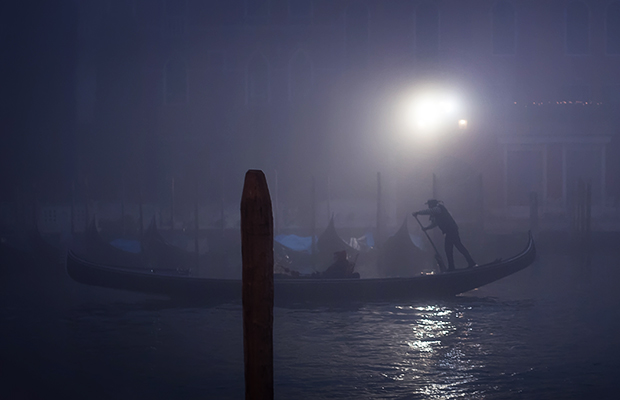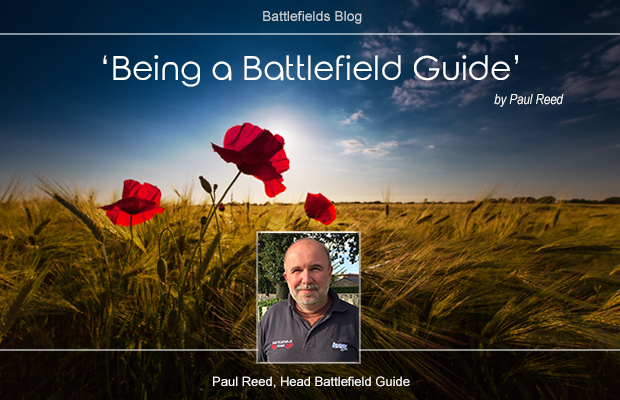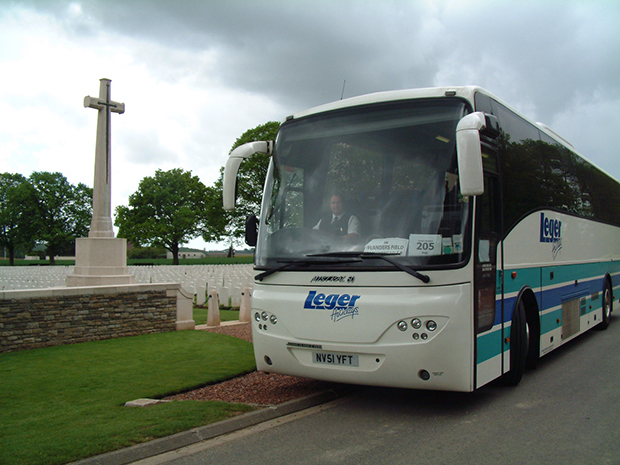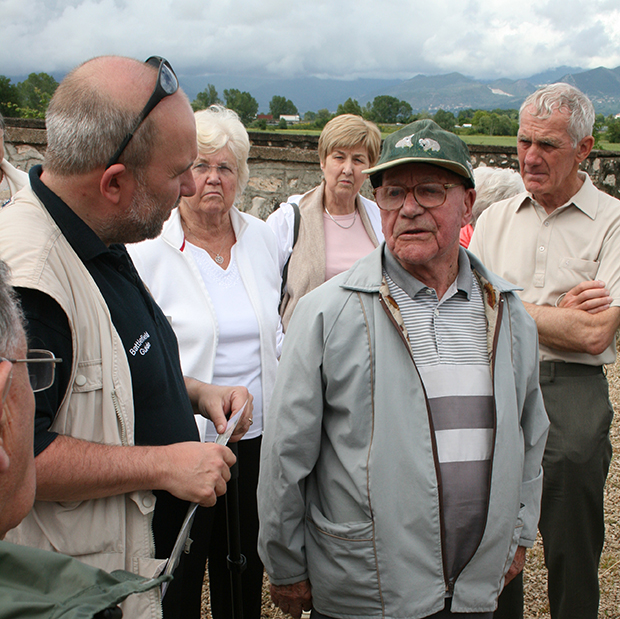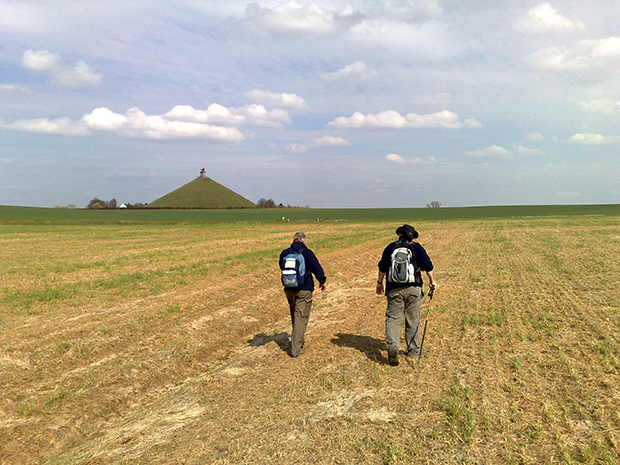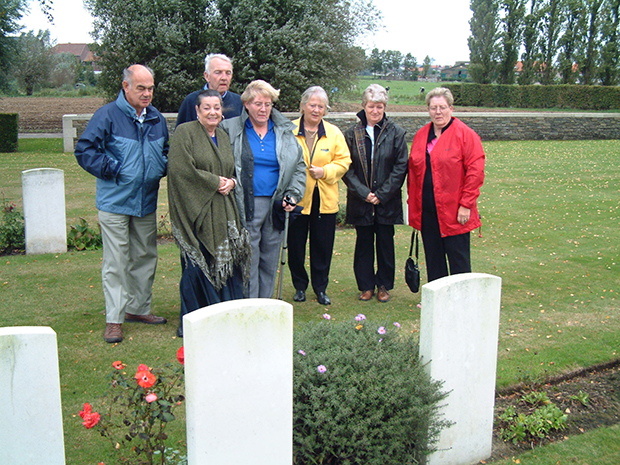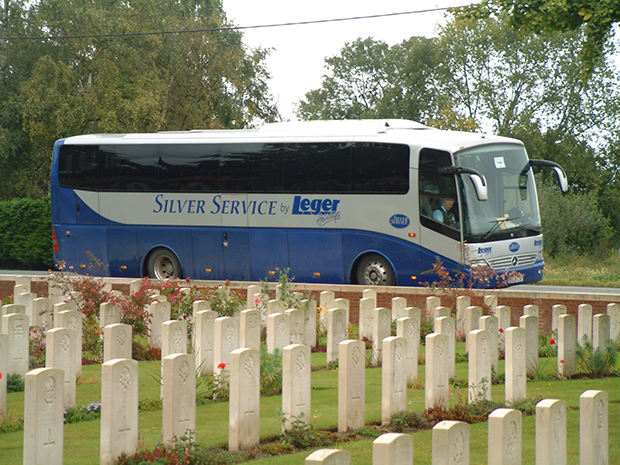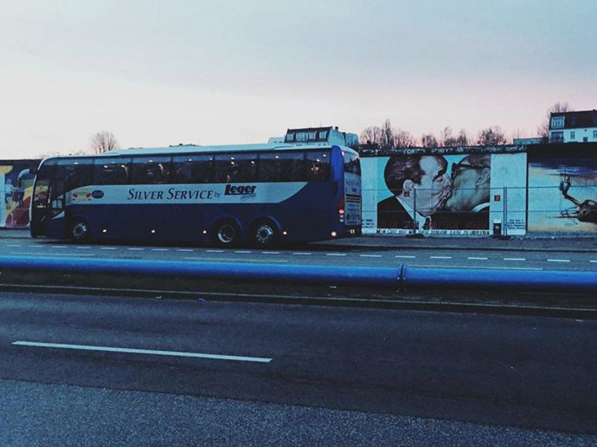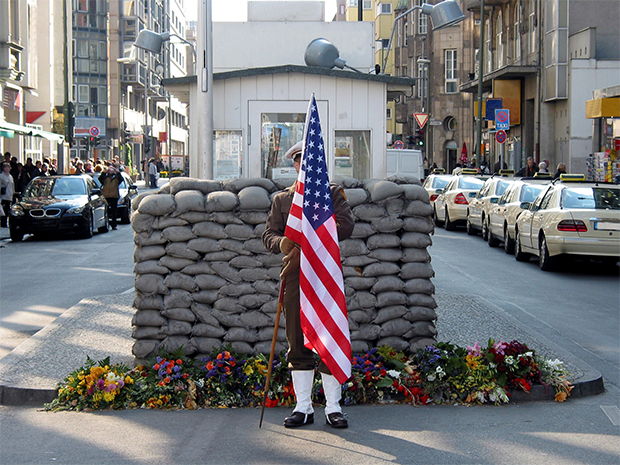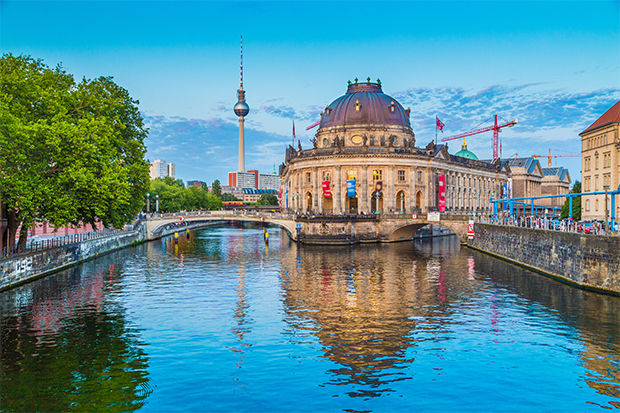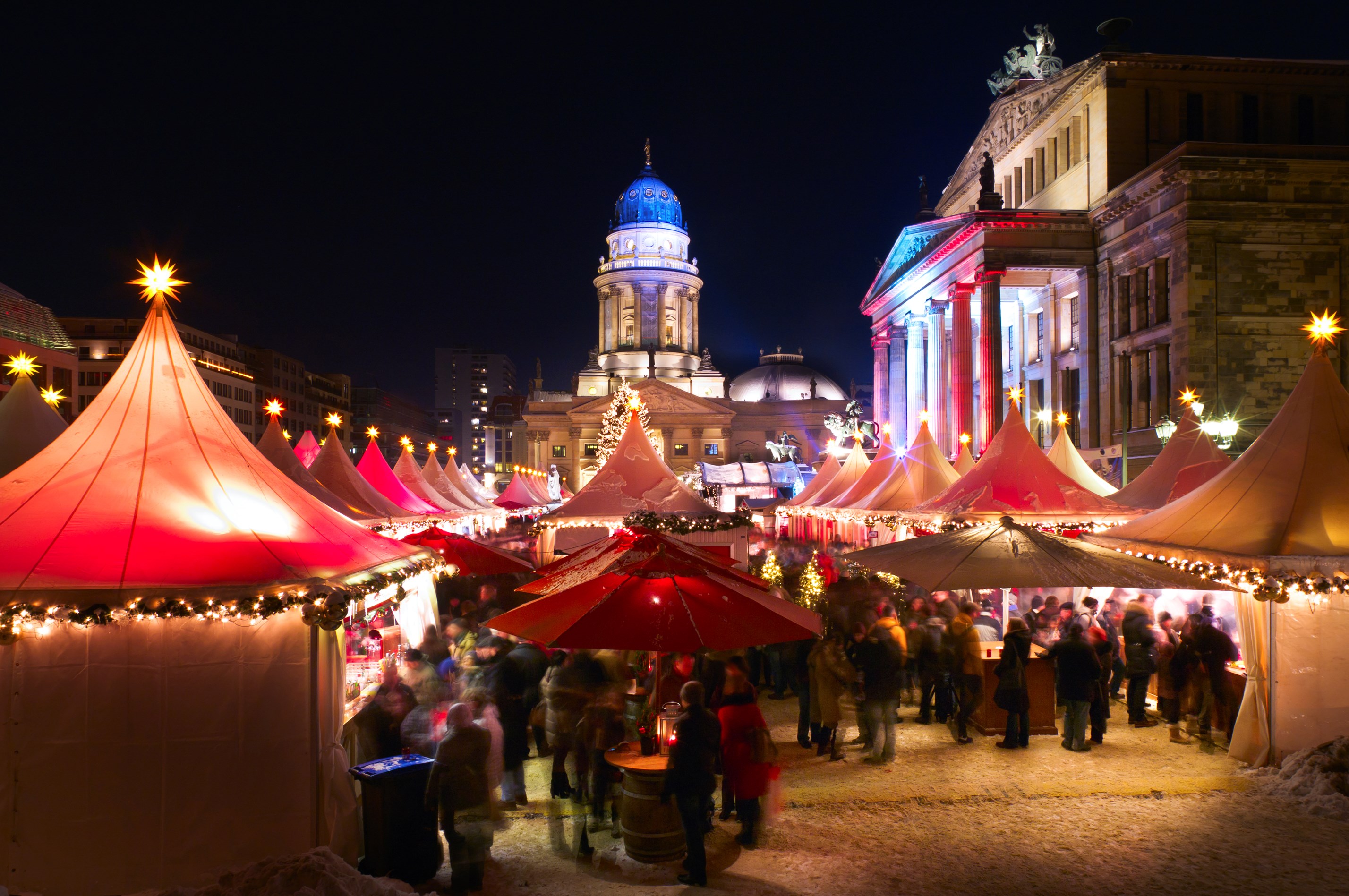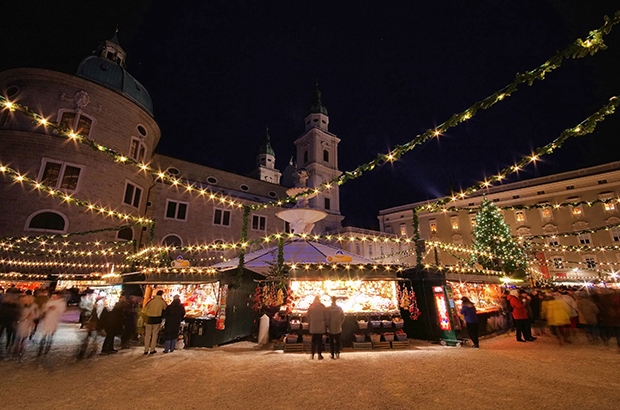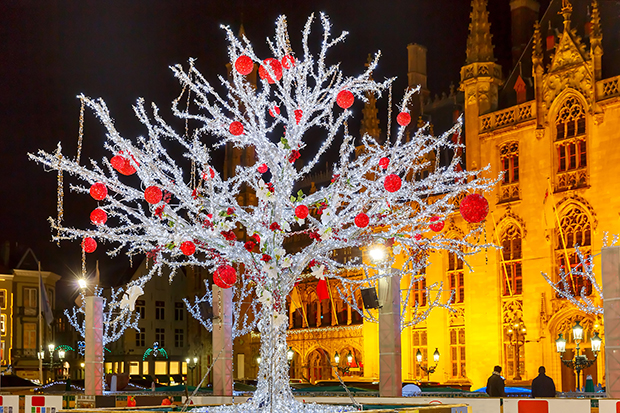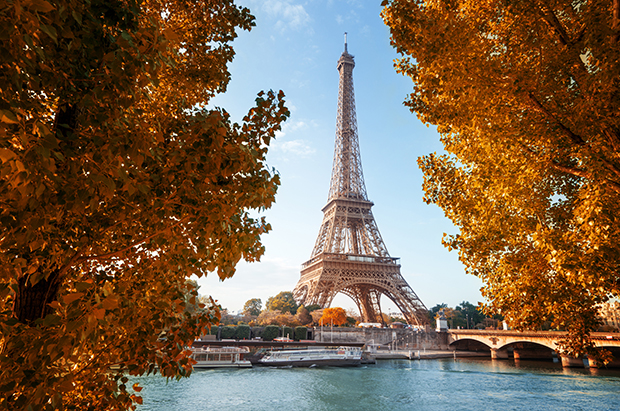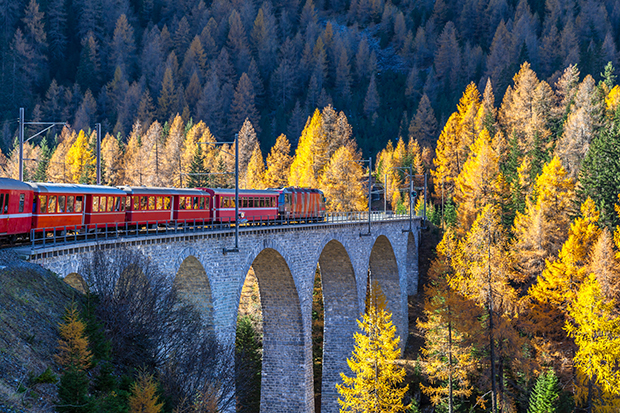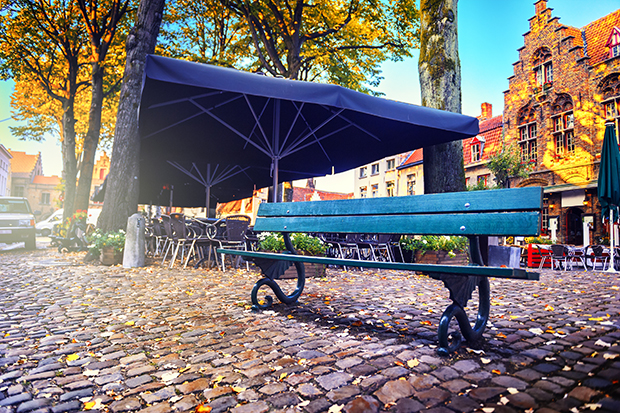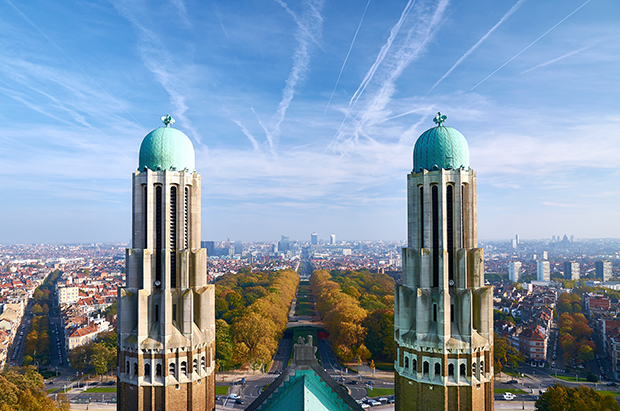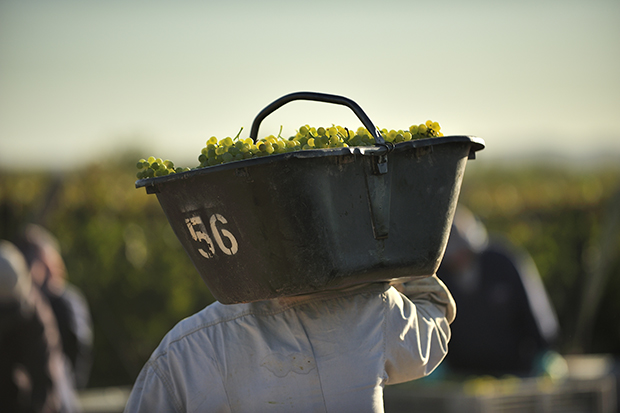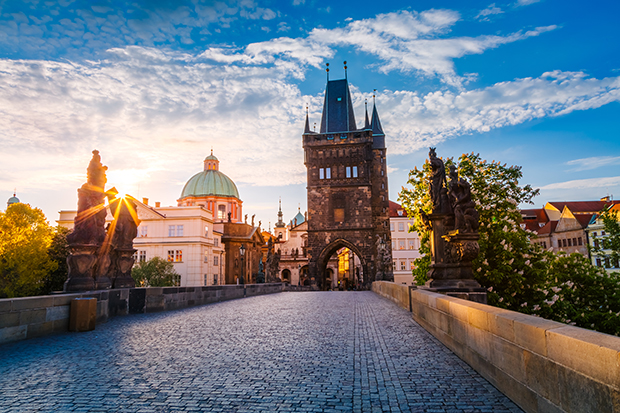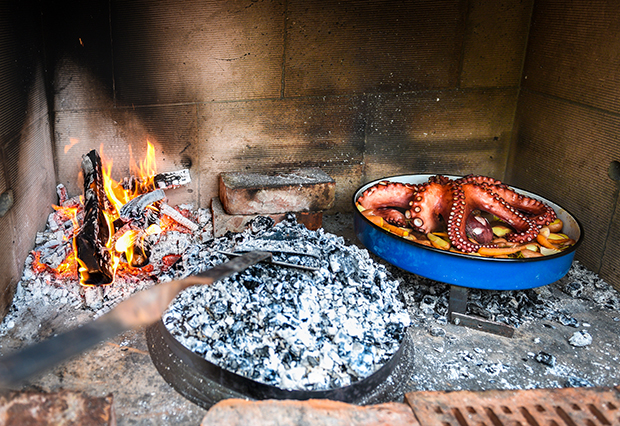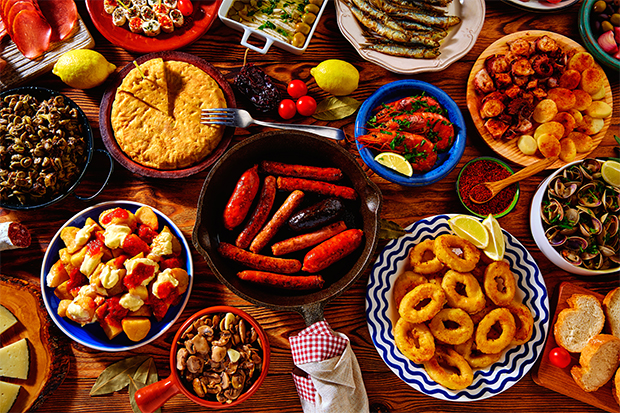Looking ahead into 2017, we’ve got big events coming up. From the Centenary of Passchendaele to the 75th anniversary of Dieppe, there’s an interesting year ahead on our Battlefield tours. Yet, there’s one itinerary that really stands out. New for 2017, this tour isn’t focused on a big anniversary, neither is it visiting new ground, it’s just a whole new concept that has really got people talking. Beer and Battlefields.
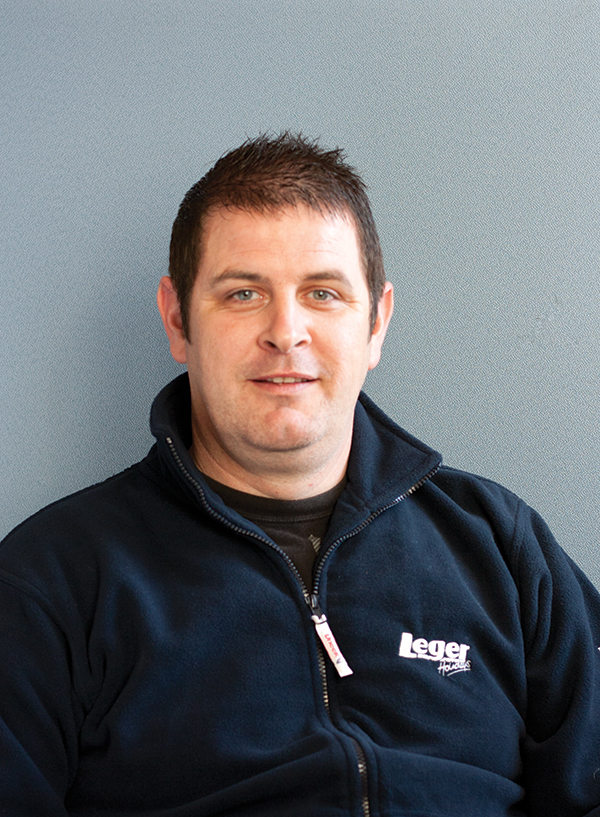
Designed by our very own Battlefield Guide Marc Hope, our Beer and Battlefields tour combines battlefield sites from both World Wars with visits to a selection of the best breweries in Belgium. And, who better to give us the inside scoop than Marc himself? In this exclusive interview, find out just why this tour is going to take 2017 by storm.
Q: Beer and Battlefields, it’s certainly an interesting concept. How did it first come about?
A: It came about several years ago when I used to do Brewery Tours around Belgium and France. Originally we concentrated on the Trappist Breweries and then onto various other establishments which took us over the Battlefields of WW1 &WW2. People then started to look at the Battlefield side of things as I used to give a running commentary as we passed through these sites. It snowballed from there with us doing the Battlefields in the morning and Breweries in the afternoon as; believe it or not, people didn’t want to spend all day in Breweries. It’s a more relaxed kind of Battlefield tour where we can digest the Battlefields over a great beer.
Q: What significance does beer have to the stories of World War I and World War II? Is it something that is often overlooked?
A: A Medical Officer once said “Had it not been for the rum ration, I do not think we should have won the War.” Winston Churchill would acknowledge alcohol by saying “It saved more Englishmen’s lives, and minds, than all the Doctors in the Empire.” Therefore alcohol and the role it played are very much overlooked, as it played a significant part in Soldiers and Civilian lives during both Wars.
Alcohol, particularly Rum was administered as a treatment for everything from Shellshock, wounds, hypothermia, flu right through to exhaustion! Most commanders issued double rations when men were going ‘over the top.’ Alcohol was also used as a motivational tool, a reward and a cure. It was a great way for men to unwind behind the lines in the local Estaminets and cafe’s.
On the downside it led men to be Court Martialed and imprisoned for drunkenness. It could also lead to forfeit of pay up to 28 days. Officers could also be forced to give up their commission or ‘Cashiering’ as it’s known.
The British Government became very concerned that drunkenness was affecting War production back at home so they introduced the Defence of the Realm Act. This meant that licensed premises could only open between certain hours and this wasn’t overturned until 2005, so affected us up until quite recently.
Q: How did you choose the breweries that are featured in the tour? Are there any that really stand out?
A: I picked these Breweries as they represent the Battles of WW1, WW2 and what the troops, and civilians, got up to behind the Lines. These Breweries are all establishments I’ve visited in the past. They are connected to the War by either producing alcohol for the troops or being associated on the Battlefield themselves. For instance the Kazematten Brewery in Ypres is housed in the old Ramparts where once upon a time they used to produce the ‘trench gazette’ for the troops. It still produces the Wipers Times, but now in a form of a beer. It still retains the medicinal Saint Mary’s Thistle (blessed thistle) on the label of the beer which was originally found on the front page of the newspaper. They all have something unique.
Q: Compared to the other Leger Holidays Battlefield tours you have guided, how will Beer and Battlefields stand out to you?
A: It gives a different concept to the Battlefields themselves. It gives an insight as to how alcohol, food and tobacco influenced and shaped these soldiers in their everyday lives. It’s not all about Battles but rather what the troops did to relax and how they integrated with the civilians behind the lines. It’s also a look into how alcohol got a lot of Soldiers into trouble and also how many won Bravery Awards whilst under the influence.
Q: Whilst researching the tour, did you come across any interesting stories that you can give us as a sneak peek into?
A: As with Alcohol in general, it leads to some very bizarre stories and circumstances. All I can say it led to one particular soldier nearly marrying a cow to another nearly winning the Victoria Cross! These and many more stories will be told on the tour.
Q: Do you think the premise of the tour will attract people to the battlefields, who may not have considered it previously?
A: Yes indeed as not everyone wants to do a full day Battlefield Touring. We’ve had it many a time on tours where ‘the other halves’ have bought a Battlefield Tour, as a present, and they feel obliged to come along. This way they get the best of both worlds. Supporting their partner’s and then going for drinks and guided brewery tours after. They can even chuck in a bit of shopping! It’s far more relaxed. It will also, hopefully, attract people who like their beer but would like a bit of culture and history to go alongside it. They complement each other very nicely.
Q: What is your favourite beer sampled on the tour?
A: I can’t remember! That’s a very tough question. As Belgium alone has over a 1000 beers it’s hard to narrow it down to one particular beer. Can I just say it’s still ongoing research?
Q: You’re quite active on social media, have you had any interesting comments or questions regarding the Beer and Battlefields tour?
A: It certainly seems to be going down very well, just like beers I expect! It’s very much straight forward as the title does what it says on the tin, or bottle in this case. I think a few people were concerned how this itinerary was going to pan out. Once I told them it’s going to be Battlefields in the morning, followed by the Brewery tours in the afternoon, it seemed to put their minds at ease. We didn’t want it getting too messy doing it the other way round! You can’t go wrong with Battlefields and then beer after.
Q: What are you most looking forward to when the tour gets on the road?
A: Meeting old and new faces. It’s great to be going to new places and the Hop Museum is a fantastic place to visit. All the Breweries offer something different with their own regional beers. It certainly gives a very different aspect to the two Great Wars from both sides.
Q: What three words would you use to describe this tour?
A: ‘Hoppy’ times ahead.
Our Beer and Battlefields tour will be hitting the road from June 2017 on either a 4 or 5 day break with executive and Silver Service travel Available. Staying at the 3* Novotel in the heart of Ypres, join us from just £399pp.
Follow Marc on Twitter: @Thegr8war

